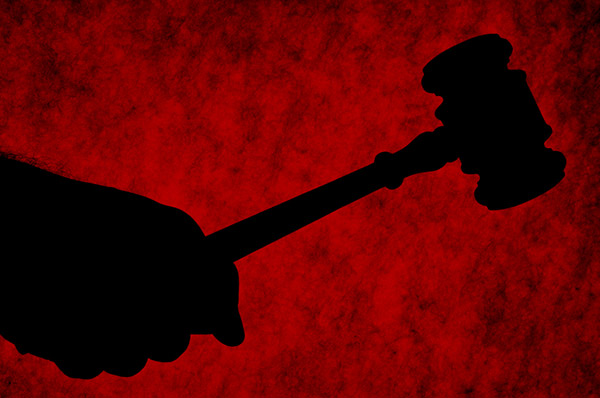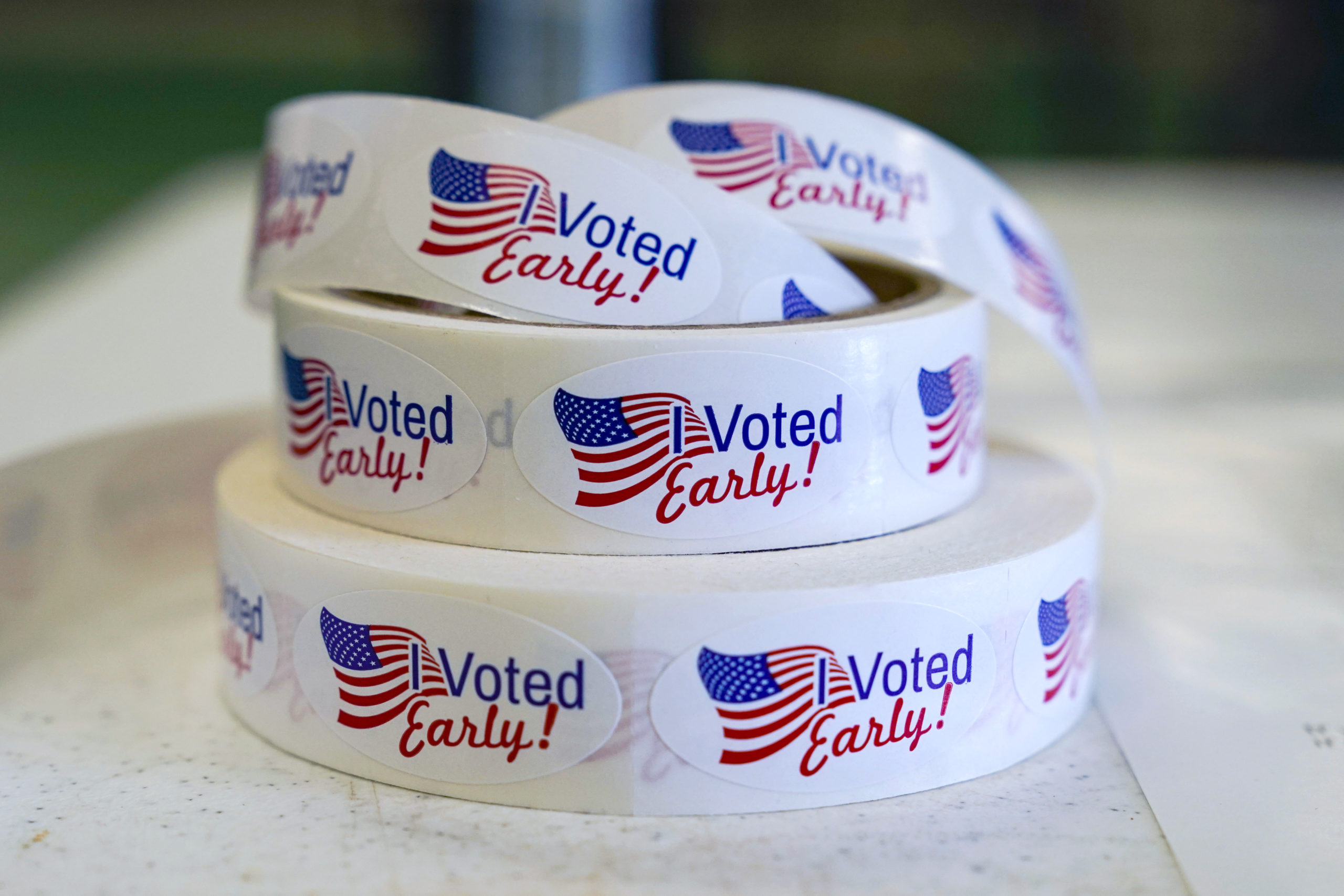Gunshot-detection technology coming to Wisconsin schools
By: Associated Press//June 25, 2018//
By IVAN MORENO
Associated Press
MILWAUKEE (AP) — In the wake of school shootings in other parts of the country, Wisconsin school officials are turning to the sorts of gunshot-detecting sensors that police throughout the country rely on, hoping the technology will help speed up emergency-response times.
The sensors are a part of the security improvements schools throughout the state are planning to make when classes resume this fall. Money for the projects is coming from grants Wisconsin state lawmakers approved this year in response to a school shooting in Parkland, Florida. Since then, more and more schools throughout the country have been expressing interest in using gunshot-detection systems, according to New Mexico-based EAGL Technology, one of several companies that sell the sensors.
The Kenosha Unified School District, the first in Wisconsin to be approved for the grants, plans to use $384,000 of its nearly $900,000 award to install EAGL sensors in its 43 schools. The system is designed to send an alert to the police within the first few seconds of a firearm’s being discharged. It can also turn on surveillance cameras that will send “live” footage to the authorities and lock doors automatically.
“The premise behind what we’re trying to do here is to get our local law enforcement to us as fast as possible,” said Tanya Ruder, a spokeswoman for the district.
Kenosha and the other schools that have received grants so far are also using the money to upgrade cameras and intercom systems and put protective film on windows to prevent them from shattering. When state lawmakers approved the school-safety legislation in March, they budgeted $100 million for safety improvements. Of that, nearly $6 million has been distributed so far, going to 53 school districts and individual schools.
Several schools and higher-education institutions have been relying on gunshot-detection sensors part of their security plans for years.
But the systems haven’t been embraced by everyone.
“It wasn’t really until Parkland that people woke up,” said Jennifer Russell, an owner of EAGL Technology.
Russell said her pitch to schools “was still falling on deaf ears” when she started trying to sell them the sensors about two years ago.
EAGL itself cannot claim responsibility for designing the sensors. That was instead done by Pacific Northwest National Laboratory in Richland, Washington.
EAGL later licensed the technology and installed it for the first time in September, at Hermosa Elementary School in Artesia, N.M. Russell said about 50 schools throughout the country are now planning to begin using it in the coming months. Among them are a handful in Wisconsin. She said she couldn’t identify the schools because she doesn’t have their permission to release their names.
Some safety experts, however, say the technology is expensive and won’t prevent shootings or even stop them immediately — no matter how quickly the police are alerted.
“By the time the system goes into effect the horse is out of the barn,” said Ken Trump, president of the Ohio-based National School Safety and Security Services, which does both training and consulting work.
“We’re seeing people sort of grasping for straws in an overall climate of what I call, ‘Do something, do anything, do it fast and do it differently,” he said.
Trump said schools should instead spend their resources on mental-health and behavioral-intervention support and training that will help staff employees gauge threats and help students know when they should report suspect activity.
Russell said the technology EAGL uses is more accurate than what had been available in the past because its sensors don’t confuse gunshots with other loud noises, such as fireworks. The sensors, which are small enough to hold in one hand, discern shots by the amount of energy level that’s released when a gun goes off. They can also detect a firearm’s caliber, Russell said. The police now seldom have that sort of information when they have to confront a shooter, she said.
“They don’t know where the shooter is, they don’t know what he looks like, they don’t know what he has for a weapon, they don’t know where he went … it’s chaos,” she said.
California-based ShotSpotter, a system deployed by police in 100 cities, including Milwaukee, is also being used outdoors at 10 college campuses, said Ralph Clark, company CEO. He said his company is not interested in selling sensors to schools for indoor use because they’re of greater value outdoors. About 2,320 schools are in areas covered by ShotSpotter nationally, according to the company.
“As tragic as these situations are, they are very rare,” Clark said about mass shootings. “What’s a lot less rare and more intermittent are those incidents that are just off campus that can result in people being hurt or killed.”
Legal News
- Former prosecutor suspended for unwelcome contact during legal conference
- One Wisconsin Attorney’s misconduct ‘in a league of its own’
- Wisconsin election fraud charge issued from November 2022 general election
- Indigenous consultant accuses NHL’s Blackhawks of fraud, sexual harassment
- Man pleads guilty in theft of Arnold Palmer green jacket, other Masters memorabilia from Augusta
- KS Governor cites competition concerns while vetoing measure for school gun-detection technology
- U.S. Attorney Gregory J. Haanstad recognizes service and sacrifice of federal, state, local, and Tribal law enforcement
- Gov. Evers calls special elections for the 4th Senate District and 8th Congressional District
- Wisconsin GOP-led Senate votes to override nine Evers vetoes in mostly symbolic action
- Bill to curb mask-wearing at protests could make it illegal for medical reasons too
- University board slashes diversity program funding to divert money to public safety resources
- Second defendant convicted in Fond du Lac 2016 firebombing
WLJ People
- Power 30 Personal Injury Attorneys – Russell Nicolet
- Power 30 Personal Injury Attorneys – Benjamin Nicolet
- Power 30 Personal Injury Attorneys – Dustin T. Woehl
- Power 30 Personal Injury Attorneys – Katherine Metzger
- Power 30 Personal Injury Attorneys – Joseph Ryan
- Power 30 Personal Injury Attorneys – James M. Ryan
- Power 30 Personal Injury Attorneys – Dana Wachs
- Power 30 Personal Injury Attorneys – Mark L. Thomsen
- Power 30 Personal Injury Attorneys – Matthew Lein
- Power 30 Personal Injury Attorneys – Jeffrey A. Pitman
- Power 30 Personal Injury Attorneys – William Pemberton
- Power 30 Personal Injury Attorneys – Howard S. Sicula












